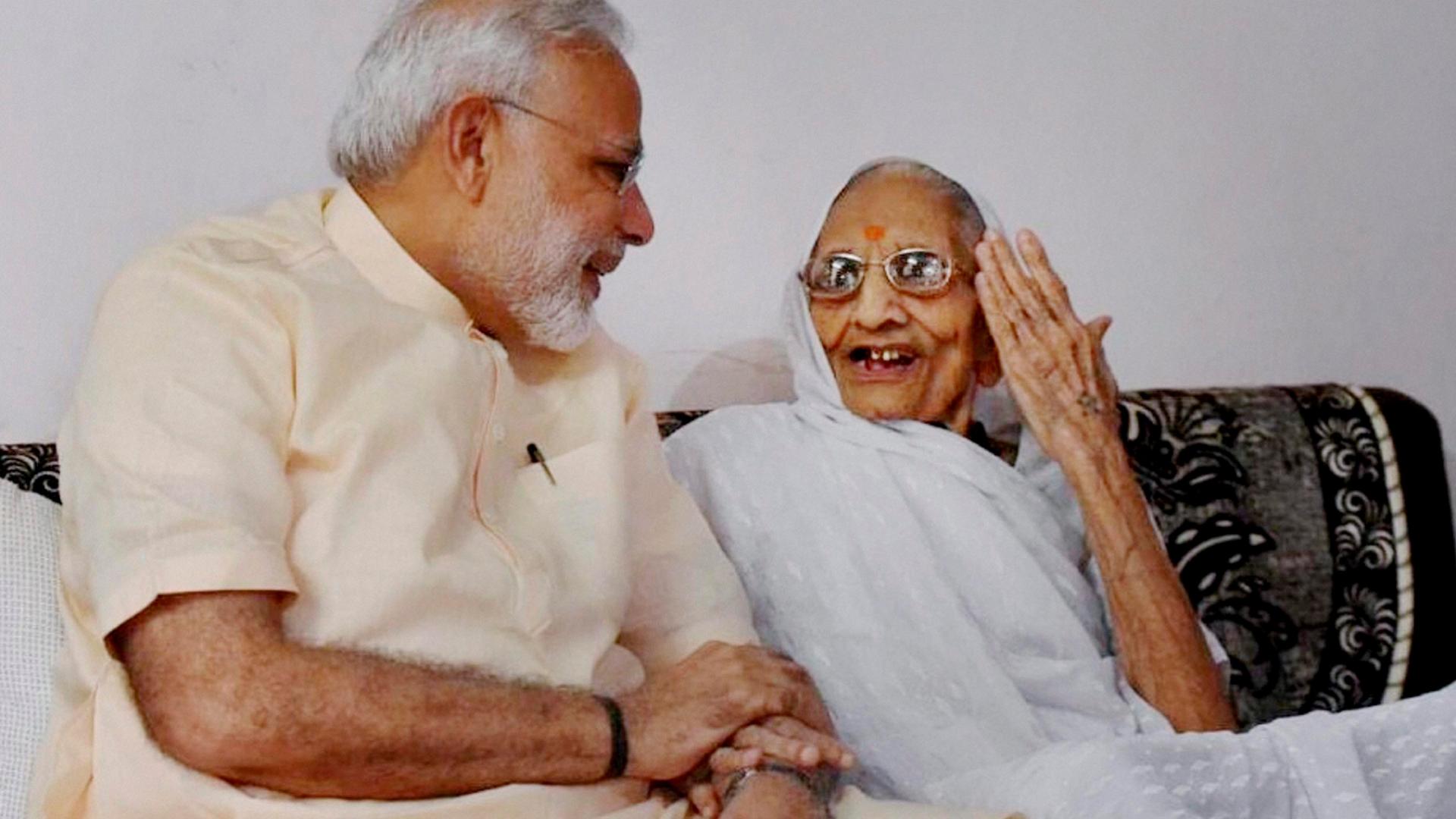

July 21, 2017, marked the 106th birthday of media theorist Marshall McLuhan who once said: “The medium is the message”. It also happened to mark the annual Semiofest hosted in the great city of Toronto. If you haven’t had the chance to be in a room full of semiotic enthusiasts, it’s worth mentioning that semioticians are just about the kindest people you’ll ever meet. After a month has passed between now and then, we are still connecting the dots between all the inquiries investigated, meanings re-signified, and perspectives interwoven to explore how semiotic insights can steer market research.
Here we share a few highlights on Semiotics in market research:
We’d be remiss to leave out a proper definition of semiotics before building upon a shared understanding of what semiotics is. In a nutshell, semiotics is the study of signs and the process of creating meaning. In the context of culture, people contribute and give meaning to things, and meaning becomes an evolving cultural dimension.
The implication for brands is that meaning is not tied directly to a product itself as much as it is tied to the signs, messages, and matters of communication. As Luca Marchetti so aptly put it in his presentation on “Meaning through space”, brands can “stretch upwards and produce an imaginary from the economic reality of a product” through experience.
It poses an important question for brands and those whose work encompasses branding: Is our endgame about proliferating more products and services? Or is it about creating more meaning?
Looking inward to organizations with a social semiotic lens is a source for not just meaningful, but also sustainable brand growth. A semiotic approach to cultural design reorients toward achieving a shared understanding of the brand’s direction (what are we doing). More importantly, The role of semiotics in market research can help guide research and lead researchers in understanding the purpose behind that direction (why are we doing it). At Semiofest, we heard from both the practitioner and client perspectives about how organizational semiotics can create frameworks and objective language for people to use and participate in.
We could all likely make a healthy sum of money if we were paid a dollar for every time the word “authenticity” was dropped at a conference. But at Semiofest, we took a deeper look at the anatomy of authenticity, and what it actually all means.
In what’s now considered our post-truth world, authenticity is seen as the holy grail for brands. We took a look across categories to understand how authenticity is signified:

Modi and his mother

Justin Trudeau at Toronto Pride Parade
Professor Paul Bouissac demystified the power of the meme, and how the fuel of memes is sourced from (again) the power of polarity which brings to the fore an unexpected and authentic truth that had not been considered before. Professor Bouissac pointed to the surrealism or randomness of an incredible juxtaposition of two things as the source of pleasure that we take in memes.
Last but not least, Edward Wilson harkened back to the past and the nostalgia it calls forth as a signifier that brands could leverage to signify authenticity in a post-truth world. Objects such as Polaroid photos and vinyl records both prime people with an earlier time. Edward also referenced the von Restorff effect – otherwise known as the “isolation effect” that occurs when we break patterns – as the quickest way to cut through distractions and get attention.

The von Restorff effect
In summary, across several stellar presentations spanning politicians, memes, and attention transactions, we learned that the desire for authenticity can be satiated when our expectations of different figures or brands are subverted through the combining of opposite or unexpected poles to reveal a truth.
In Wei Fen Lee’s presentation on “The Semiotics of Smooth in China”, she described her client’s challenge in trying to break away from the cluttered category of hair care in China – a scenario that many brands are no strangers to.
To unlock the brand challenge, they turned to semiotics for answers. Applying an interdisciplinary semiotic approach to the haircare category, the team uncovered the metaphorical and cultural meanings of smoothness. Fresh opportunity spaces for new brand visualizations were uncovered and reframed through decoding different layers of the collective cultural subconscious. The presentation showcased how a semiotic technique is deployed to solve real brand challenges. Whether it’s tapping into the gifting culture in Asia or innovating credit cards in the finance industry, semiotic insight has the power to illuminate both the visible and invisible. By incorporating semiotics in market research, we gain the capability to delve deeper into consumer behavior and preferences.
Semiotics sometimes runs the risk of irrelevance when the analysis is communicated through theoretical or abstract language, or when the internal dynamics of the client organization are not taken into full consideration. A hilarious but important question was posed on the final triangulation workshop day: “How is semiotic analysis not ‘mental masturbation’ (real quote), or just ‘stuff you’re making up’ or ‘stuff the client can make up themselves in 5 minutes’?”
Making semiotics truly relevant to conducting buyer market research will require revisiting the role of the semiotician. The role of the semiotician is two-fold: First, semioticians build meaning across categorical and cultural boundaries. Second, semioticians are also mediators of meaning and facilitators of conversations. An effective facilitator animates semiotic analysis through storytelling in a way that connects with customer needs, takes the time upfront to build internal stakeholder alignment, and works with client partners to build a shared language internally.
As branding specialists and cultural experts, we use semiotics to guide market research and decode images and messages that brands communicate in the market to understand the underlying meanings and their implications for our clients. We collect information, analyze through our perspectives, and provide solutions and answers that help brands make proper decisions in the future. Sound familiar? These steps are also the central process behind machine learning.
Machine learning is a field of artificial intelligence (AI) that describes machines and computers’ ability to learn without being explicitly programmed, mainly based on pattern recognition to predict something. Just 1 year ago, Google’s DeepMind artificial intelligence program, AlphaGo, used machine learning to defeat its human opponent. The incident made headlines across the globe and brought machine learning to the fore.
In a sense, our brains function similarly to machine learning. We absorb the information collected, analyze the data by firing neurons and linking with patterns we’ve seen and experienced in our own cultural context, and then, we articulate the output. Just as McLuhan had the foresight to see our current electronic age where we move toward a technological extension of consciousness, blending semiotics with machine learning to create a semiotics-powered artificial intelligence may be the next frontier for market research and brand innovation.
In her presentation on the “Semiotic Layers of Instagram”, Mariane Cara reminded us that our work is playful. That spirit of play and curiosity was evident across the 4 days of Semiofest spanning topics that ranged from the social semiotics of tattooing to the semiotics of Trump, to listening to live music from the Semiotones. The state of semiotic fitness will continue to morph in McLuhan’s age of diffuse interconnectedness, but Semiofest 2017 was a fortifying call to action in our post-truth world to apply semiotics as relevant a tool for understanding the social context and how to move through the world as individuals, brands, and brand communities.
A Labbrand Group Company © 2005-2025 Labbrand All rights reserved
沪ICP备17001253号-3To improve your experience, we use cookies to provide social media features, offer you content that targets your particular interests, and analyse the performance of our advertising campaigns. By clicking on “Accept” you consent to all cookies. You also have the option to click “Reject” to limit the use of certain types of cookies. Please be aware that rejecting cookies may affect your website browsing experience and limit the use of some personalised features.